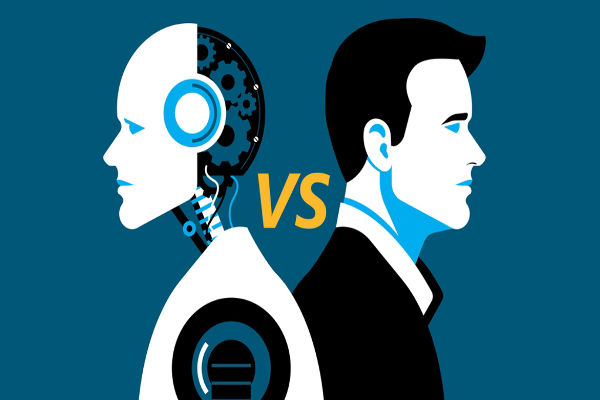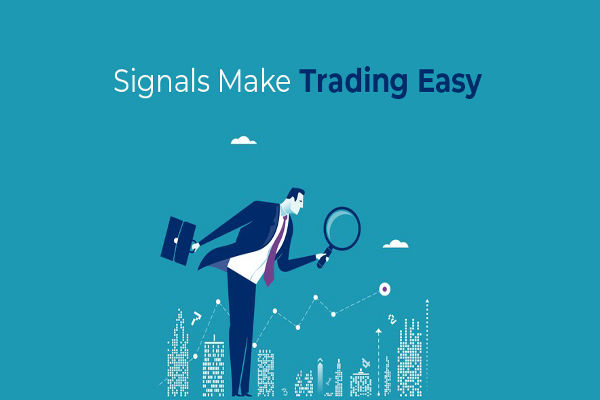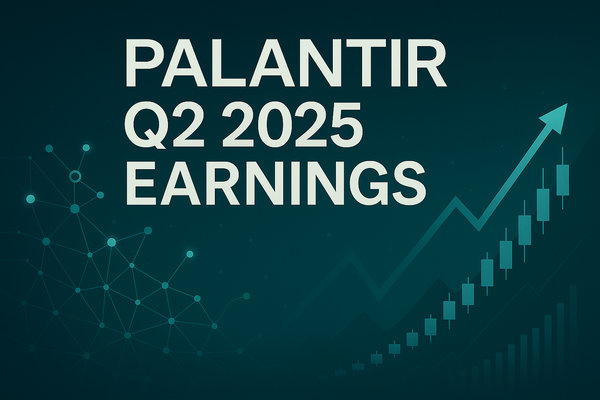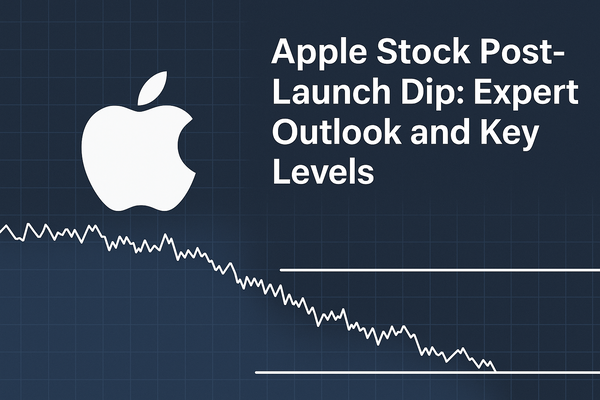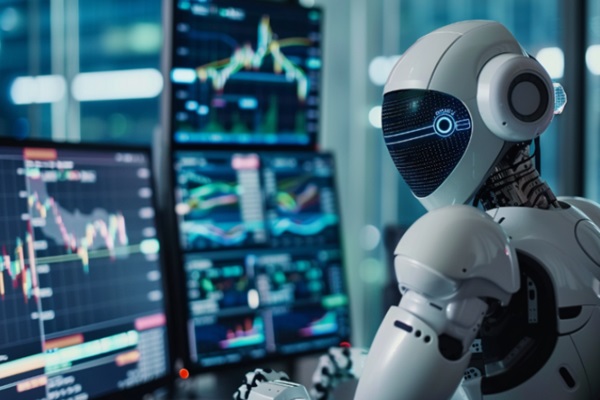In the world of trading, the debate between manual trading and using an AI trading bot is increasingly relevant. Both methods offer unique advantages and challenges. While manual trading allows for complete control and adaptability, AI trading bots can automate processes, potentially increasing efficiency and consistency. But which is the right approach for you?
Let's break down the pros and cons of each, helping you determine which method best aligns with your trading strategy and goals.
What Is Manual Trading?
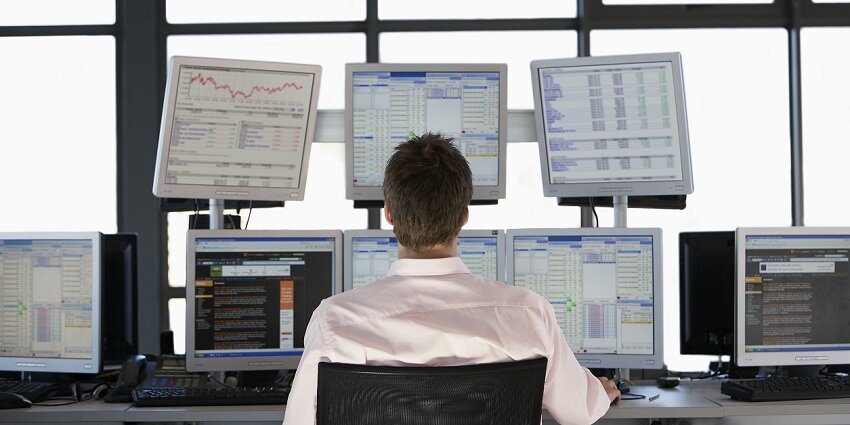
Manual trading refers to the traditional approach where traders make decisions themselves, based on their analysis, intuition, and research. This method involves reading charts, analysing trends, and executing trades manually, often with the use of technical indicators or fundamental analysis.
Pros of Manual Trading
1. Complete Control
One of the primary advantages of manual trading is the control it offers. Traders can make decisions based on current market conditions, adjusting their strategy as needed. Unlike automated systems, manual traders can respond to unexpected events or sudden market shifts with flexibility, making adjustments on the fly.
2. Emotional Insight
While emotions can sometimes be seen as a disadvantage in trading, manual trading allows for human intuition and psychology to play a role. Traders can assess not just technical data but also consider factors such as market sentiment, news events, and geopolitical developments. This insight can sometimes lead to more nuanced, informed decisions that a machine may overlook.
3. No Reliance on Technology
Manual trading eliminates the risk of relying on automated systems, which can sometimes malfunction. With manual trading, you aren’t at the mercy of internet connectivity issues, server outages, or system bugs that can interfere with automated bots.
Cons of Manual Trading
1. Time-Consuming
One of the significant downsides of manual trading is the time it demands. Traders must constantly monitor the markets, analyse data, and make quick decisions. This can be a full-time commitment, especially if you are day trading or trading in volatile markets.
2. Emotional Bias
While intuition can be an asset, manual trading is also susceptible to emotional biases. Fear, greed, or overconfidence can cloud judgment, leading to poor decision-making. Even experienced traders can fall victim to these emotional traps, impacting profitability.
3. Limited Scalability
For those who wish to trade multiple assets or markets simultaneously, manual trading can be limiting. It's difficult to scale up effectively when you are solely dependent on your own analysis and decision-making.
What Is an AI Trading Bot?

An AI trading bot is an automated system that uses algorithms and artificial intelligence to execute trades on behalf of a trader. These bots can analyse market data, spot trends, and place trades based on predefined criteria, without requiring constant input from the trader. Many modern AI trading bots are designed to adapt and learn from past trades, improving their strategy over time.
Pros of AI Trading Bots
1. Speed and Efficiency
One of the most significant advantages of AI trading bots is their speed. Bots can execute trades in a fraction of a second, far faster than any human could. They can also monitor multiple markets and assets at once, providing greater efficiency and scalability. This makes them ideal for high-frequency trading (HFT), where speed is crucial to profitability.
2. Consistency and Objectivity
AI trading bots don't suffer from the emotional ups and downs that come with manual trading. Bots strictly follow predefined rules and strategies, executing trades based on data, not feeling. This consistency can lead to better long-term performance, as human biases are eliminated from the process.
3. 24/7 Operation
Unlike human traders, AI trading bots can operate around the clock. This is especially useful in global markets where opportunities may arise at any time, even when you are asleep or unavailable. Bots can ensure that no trading opportunity is missed due to time zone differences or other factors.
Cons of AI Trading Bots
1. Lack of Adaptability
While AI trading bots excel at following a set strategy, they can struggle with market changes that fall outside their programming. Bots rely on historical data to make decisions, and if the market behaves in an unusual way, the bot may not be able to adjust quickly enough. This is where human oversight is sometimes needed.
2. Initial Setup and Maintenance
Setting up an AI trading bot requires a degree of technical knowledge and effort. Traders must configure the bot to operate according to their specific strategy and goals. Additionally, bots require regular monitoring and maintenance to ensure they are running efficiently and effectively, especially as market conditions change.
3. Over-Reliance on Technology
AI trading bots are only as good as the data and algorithms they are built on. If there are flaws in the system, or if the market behaves in a way that the bot hasn't been programmed to handle, the results can be disastrous. Additionally, issues like system failures, power outages, or internet connectivity problems can interfere with the bot's performance.
Which Is Better: Manual Trading or AI Trading Bots?
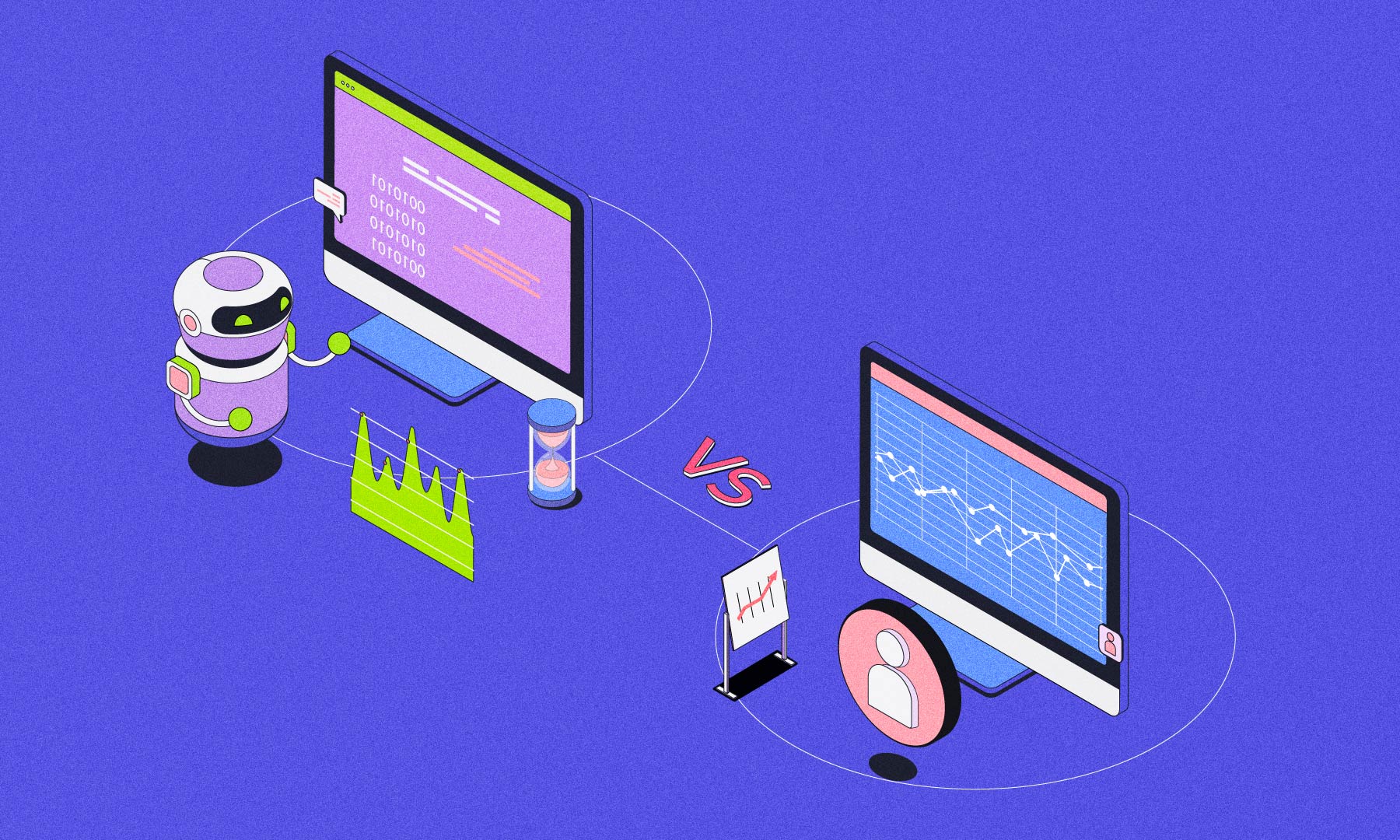
There is no definitive answer to this question, as the choice between manual trading and AI trading bots depends on individual preferences, goals, and trading styles.
For traders who value control, emotional insight, and adaptability, manual trading may be the better option. It offers flexibility and allows for real-time decision-making based on market sentiment and news events.
On the other hand, if you prefer a hands-off approach, or if you are interested in trading at scale or in high-frequency markets, AI trading bots could be the ideal solution. Bots offer speed, consistency, and 24/7 trading capabilities, making them an attractive choice for many traders.
Many successful traders combine both approaches, using AI trading bots for automation and speed while still relying on manual trading for decision-making when necessary. This hybrid approach allows them to maximise the benefits of both methods.
Final Thoughts
Both manual trading and AI trading bots have their advantages and drawbacks. The decision comes down to what you value more in your trading strategy. If you are willing to put in the time and effort, manual trading offers control and emotional insight. However, if you prefer efficiency, consistency, and automation, an AI trading bot may be the perfect fit.
As technology continues to evolve, the role of AI in trading will only grow. For those looking to stay ahead, understanding both methods and when to use them is key to long-term success in the markets.
Disclaimer: This material is for general information purposes only and is not intended as (and should not be considered to be) financial, investment or other advice on which reliance should be placed. No opinion given in the material constitutes a recommendation by EBC or the author that any particular investment, security, transaction or investment strategy is suitable for any specific person.
